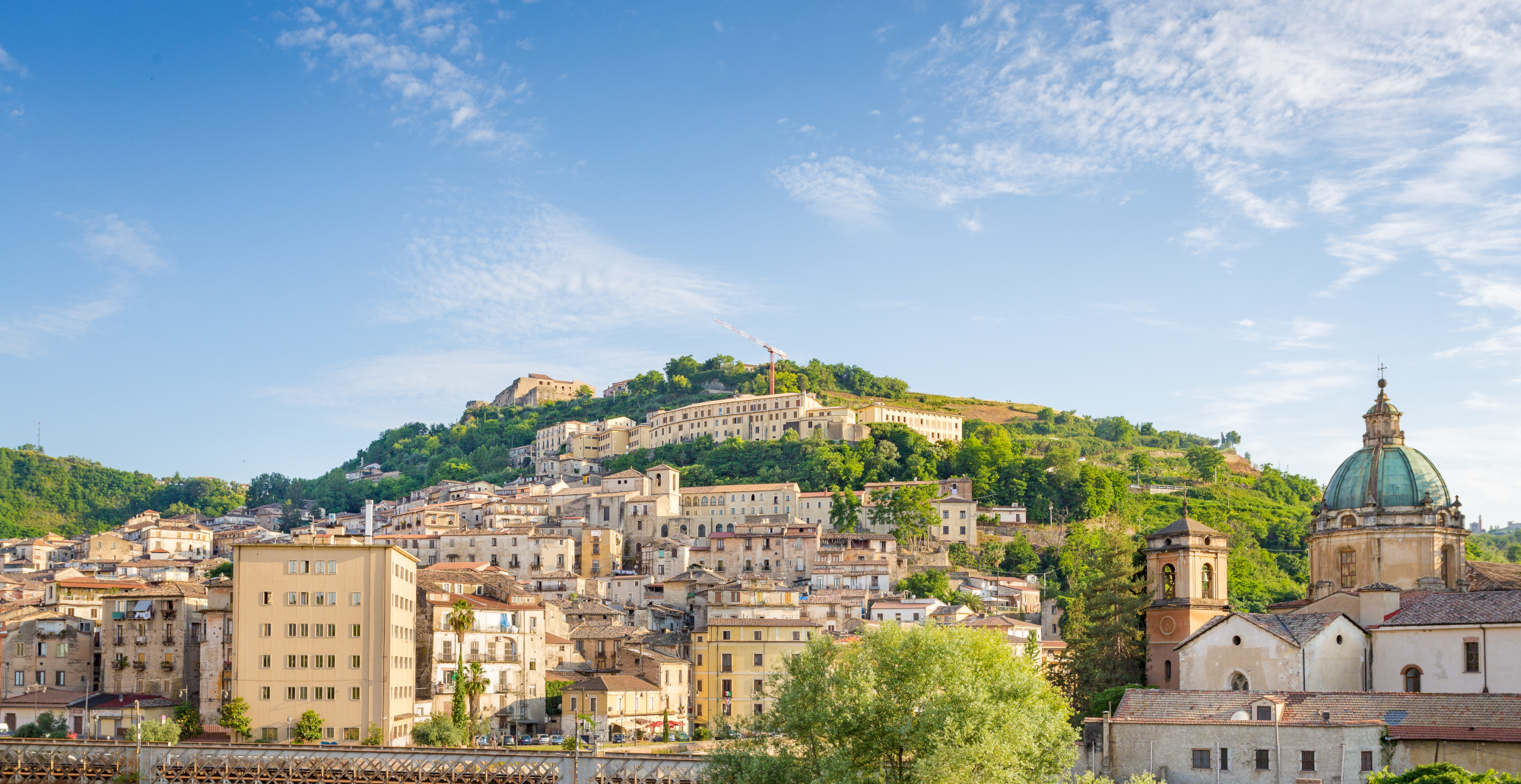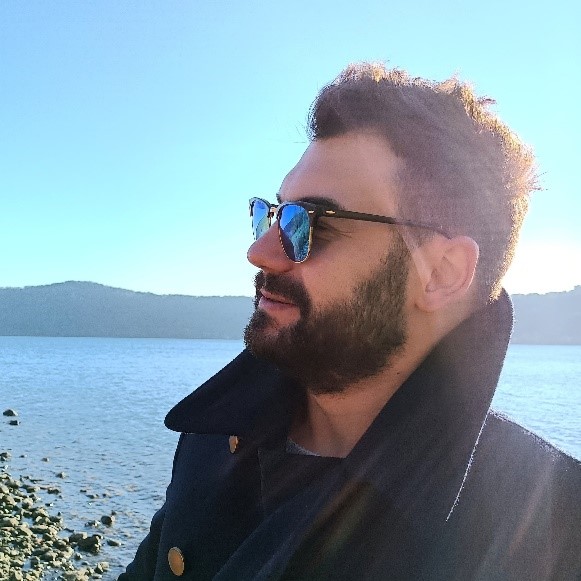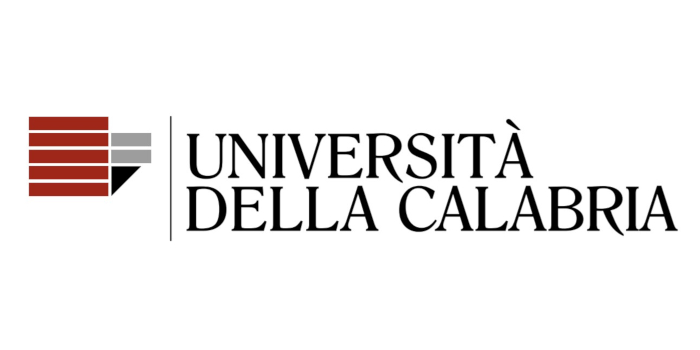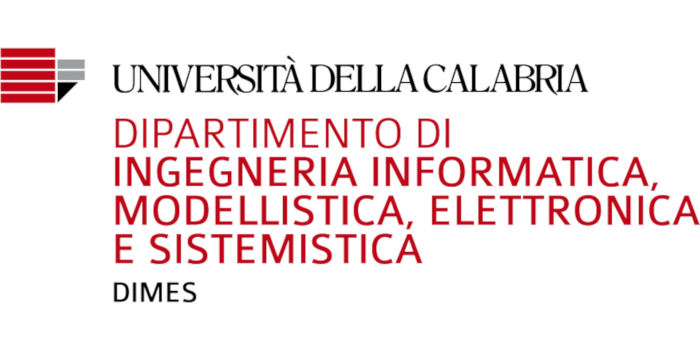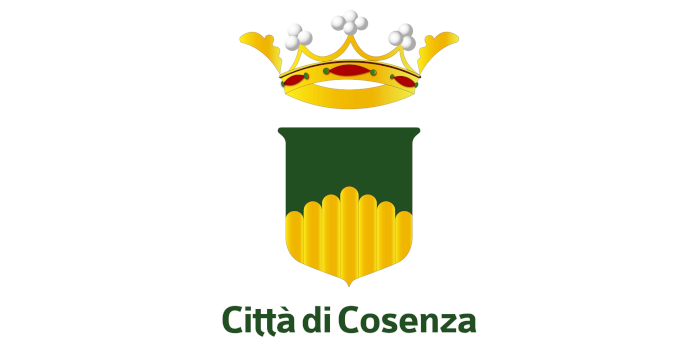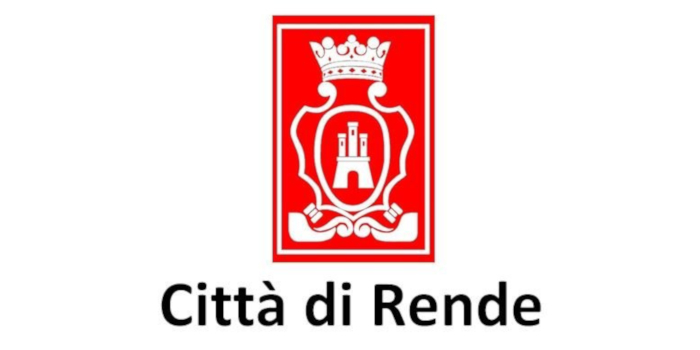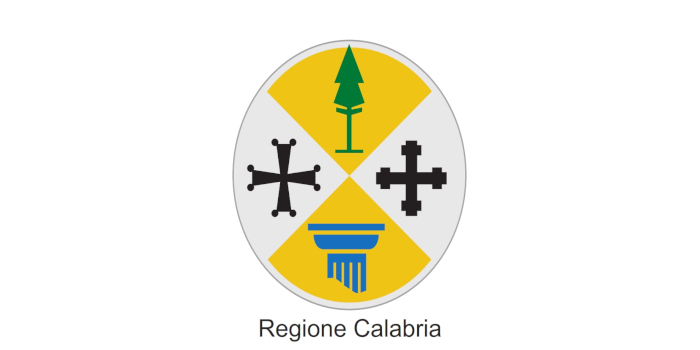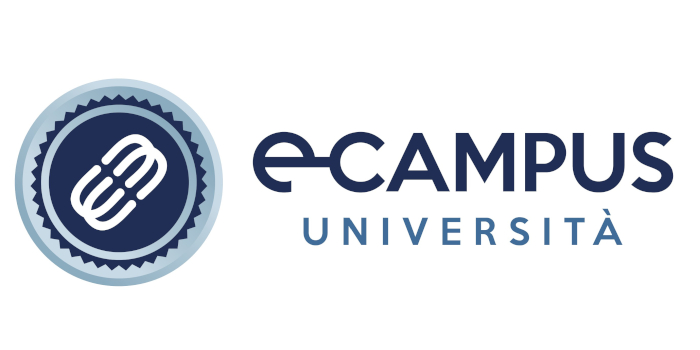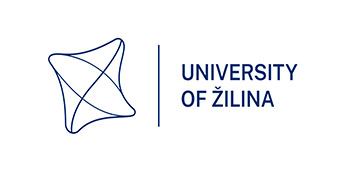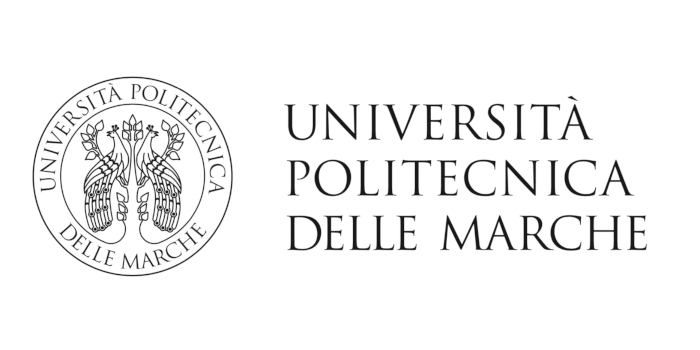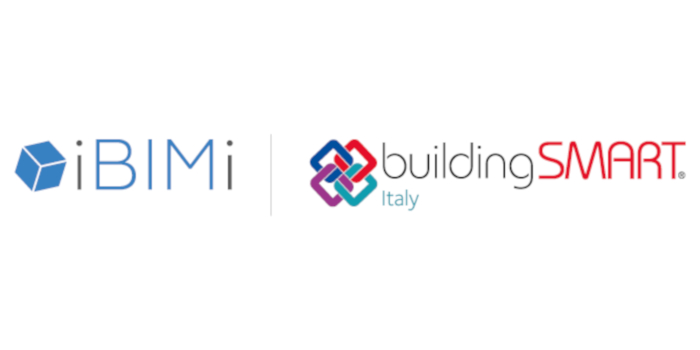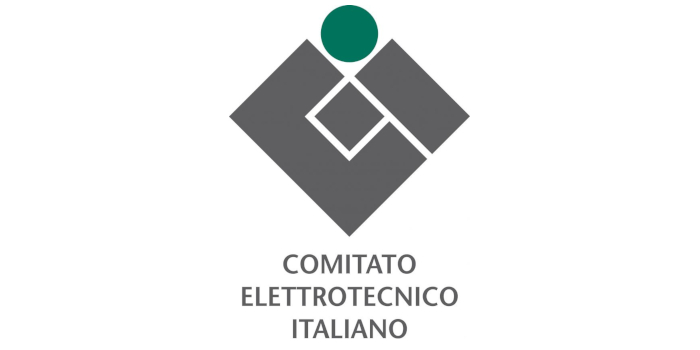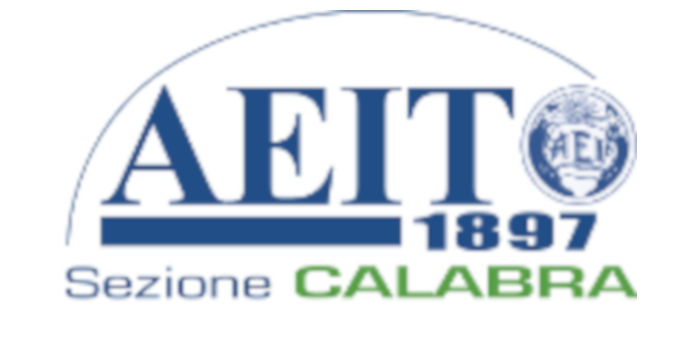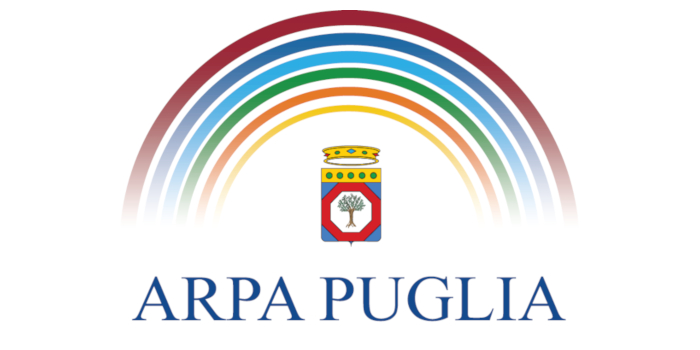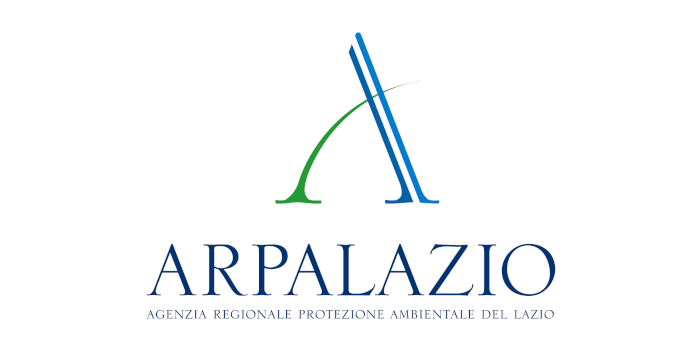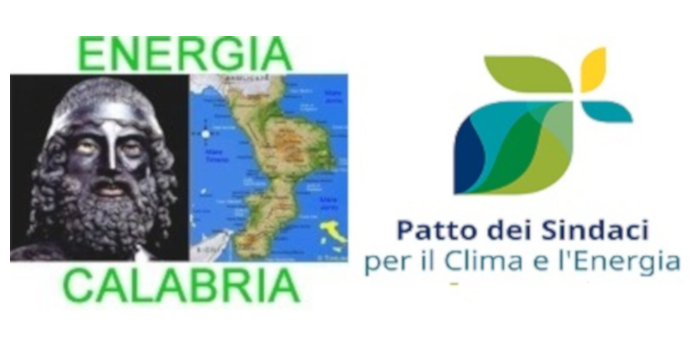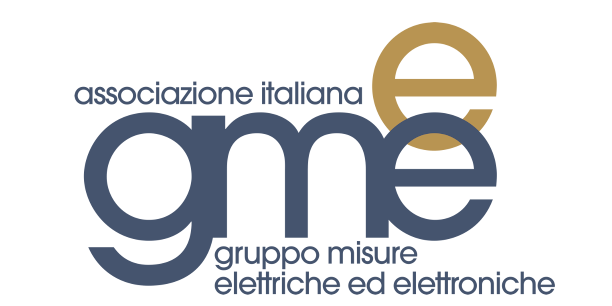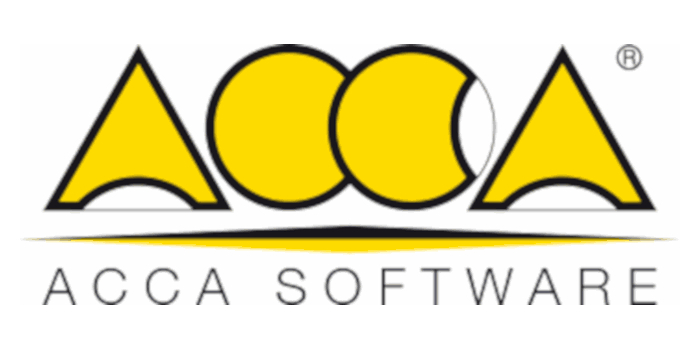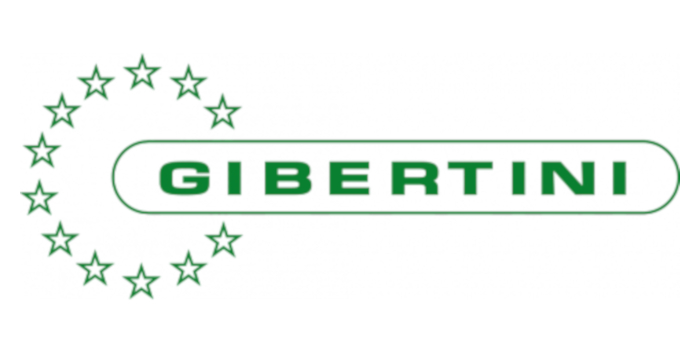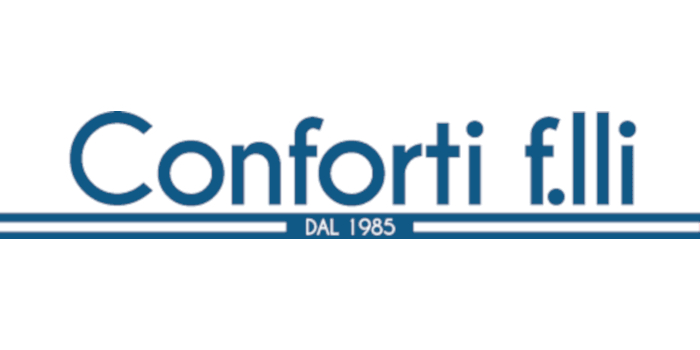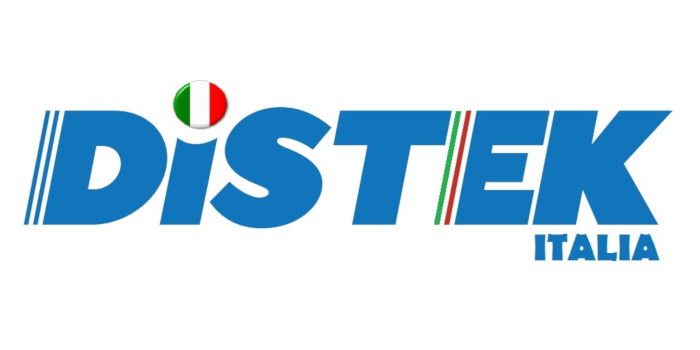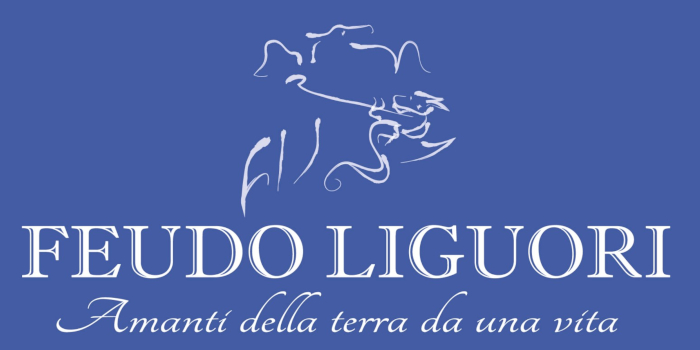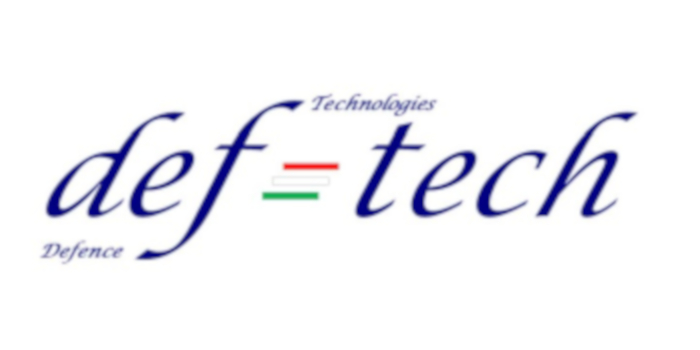Passive and active infrared thermography: live comparison of cutting edge excitation strategies and post-processing for investigating masonry materials and wood samples
Stefano Laureti
University of Calabria, DIMES Dept., Italy
The University of Warwick, UK
ABSTRACT
Passive and active infrared thermography are increasingly used for a quick and reliable identification of potential detachments, voids, water ingress/humidity, and structural inhomogeneities in buildings. In particular, the passive approach can aid for the quick identification of the features of interest, thus helping for selecting smaller regions of interest where active thermography can be then performed to gain further information.
The aims of this tutorial are:
- To show the working principle of various active thermography schemes including step-heating, long pulse, lock-in and the pulse-compression thermography (also known as thermal-wave radar imaging). The design of the heating waveform plays a key role – this will be here considered and explained in detail;
- To introduce various cutting-edge post-processing that can be applied to the raw acquired data for enhancing the identification of different features. In particular, time and frequency domains analyses, principal component analysis, virtual wave, and time-phase analyses will be here shown and compared.
Note that the thermography inspection and related post-processing will be performed in real time over a ceramic tile and a wood inlay, both containing artificial defects of different nature and embedded at different depths within the samples.
SPEAKER BIO
Dr Stefano Laureti has significant experience in Pulse-Compression (PuC) theory for Nondestructive Testing (NDT) and Evaluation (NDE), coded signals, signal and image processing. In 2014, he was fully founded with a PhD grant from the University of Warwick, UK, and successfully carried out his PhD research activity on “Acoustic Metamaterials for Medical Ultrasound and Non-Destructive Evaluation” via a co-tutelle program with the University of Perugia, Italy. During his PhD, he had the chance to keep active in NDT research, applying PuC in ultrasonic testing for evaluating highly-attenuating materials such as thick polymers samples, concrete and steel forgings. He was then involved in Eddy Current (EC) testing, EC-stimulated Active Thermography, Pulse-compression Thermography applied to the NDE of cultural heritage items and composite materials, near infrared spectroscopy for polymer and food NDE, identification of non-linear systems by means of PuC, and signal conditioning and post-processing for the mentioned applications. He has been the Project Manager of the “NDTonAIR” project (Training Network in Non-Destructive Testing and Structural Health Monitoring of Aircraft structures), funded under the action H2020-MSCA-ITN-2016- GRANT N° 722134 for 3.8 million of Euro. He is currently a Researcher at the DIMES Dept., University of Calabria, Italy, and an Honorary Research Fellow within the School of Engineering, University of Warwick, UK.
